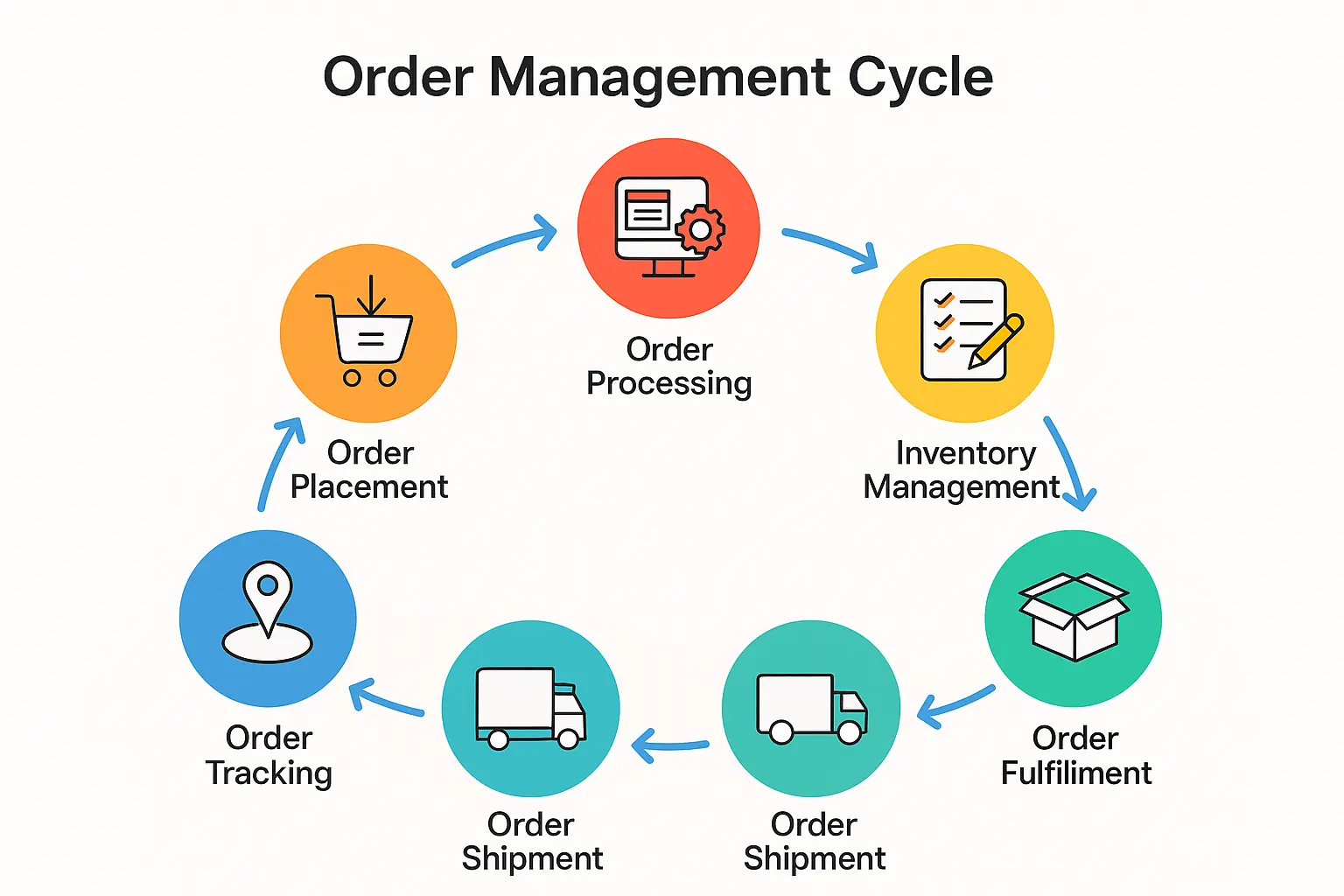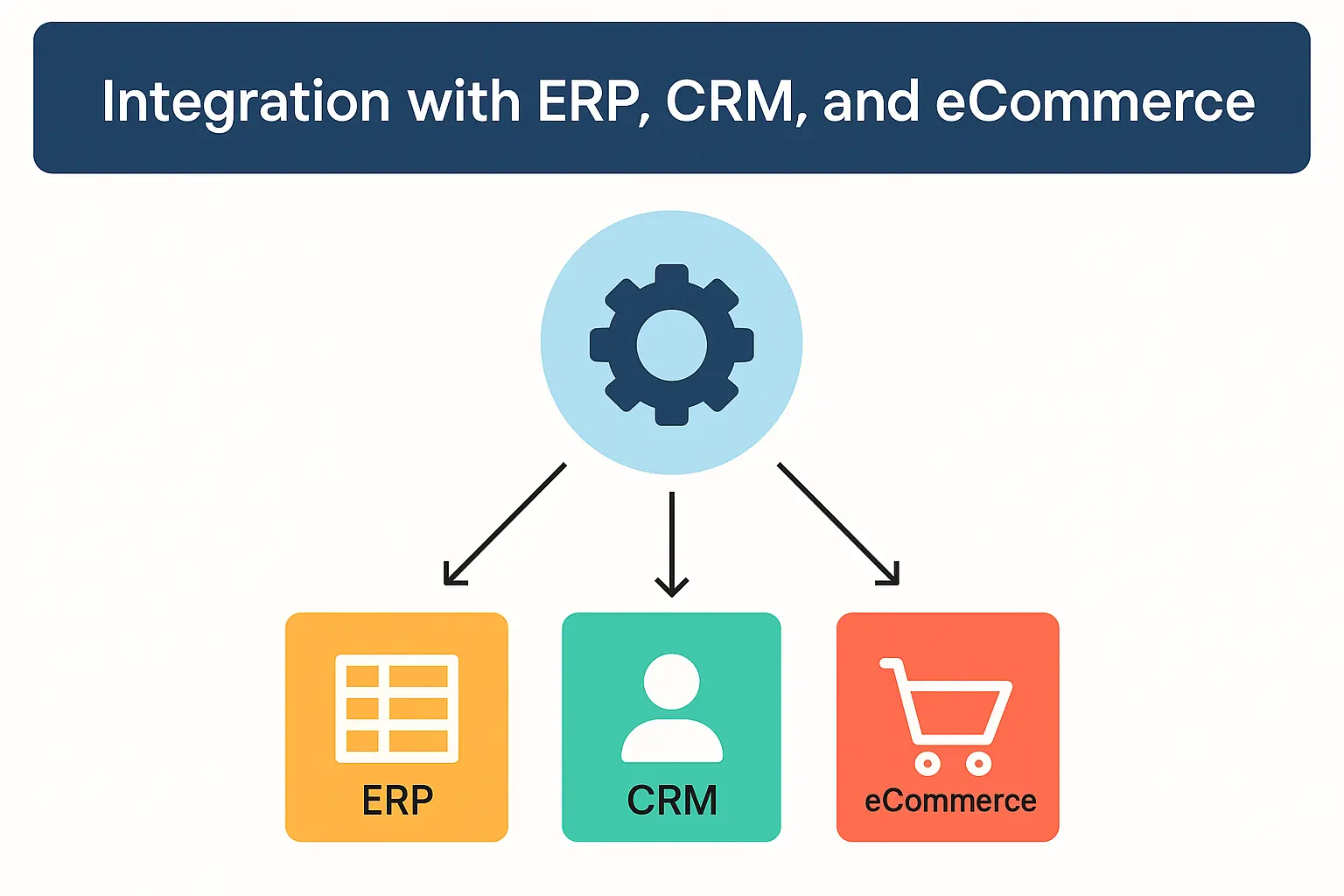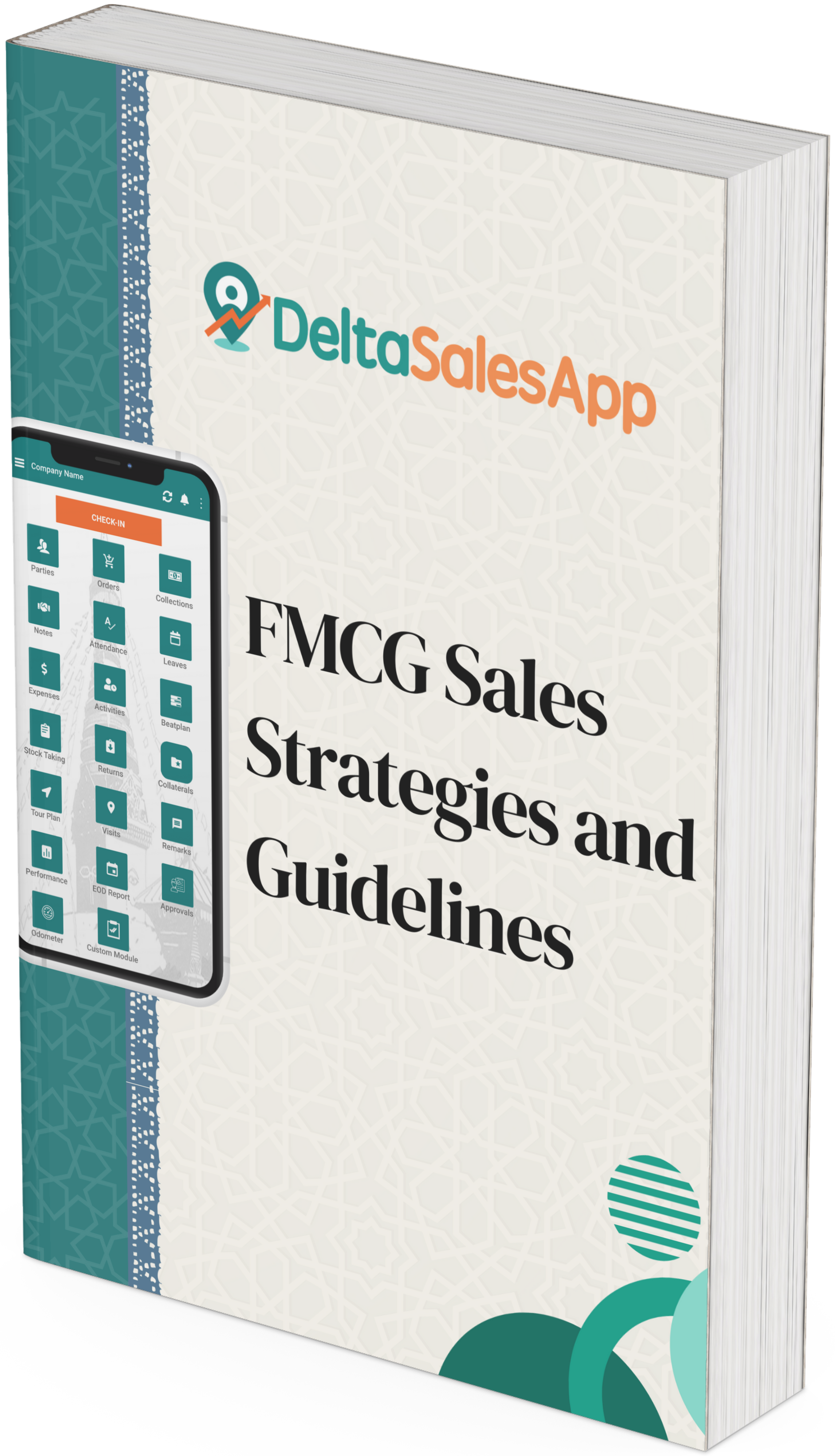Top 10 Features Every Distributor Management System Must Have

Managing distributors efficiently is critical for businesses operating in sectors like FMCG, pharmaceuticals, consumer electronics, and more. A robust Distributor Management System (DMS) is the backbone of effective sales and distribution operations, ensuring seamless order flows, inventory visibility, and stronger partner engagement. In this blog, we’ll explore the top 10 must-have features in a modern DMS and how they can transform your distribution network, supported by visuals, infographics, and practical data tables.
📦 Real-Time Order and Return Management
Streamline orders and returns for efficient distributor coordination. Order and return workflows form the core of any DMS. Your system must provide real-time syncing of distributor orders, backorders, cancellations, and returns to ensure seamless operations and customer satisfaction.
Key Benefits:
Immediate processing of orders and returns
Reduction in manual errors
Real-time communication between sales reps and distributors

📊 Inventory Visibility and Stock Tracking
Track and manage stock levels across your distributor network. Distributors need accurate stock insights to avoid stockouts and overstocking. Your DMS should offer both real-time and historical stock data across channels.
Key Benefits:
Better demand forecasting
Smarter replenishment decisions
Visibility into fast- and slow-moving items
Sample Inventory Report Table:
SKU | Opening Stock | Sales | Returns | Closing Stock |
A101 | 500 | 200 | 10 | 290 |
B203 | 350 | 250 | 5 | 95 |
💳 Credit and Payment Management
Simplify credit workflows and monitor outstanding balances. Many distributors work on credit terms. A good DMS should manage credit limits, payment cycles, outstanding balances, and aging reports.
Key Features:
Credit approval workflows
Automated reminders for payment collection
Ledger reconciliation tools
📈 Distributor Performance Analytics
Get actionable insights to assess distributor performance. Sales leaders need insights into how each distributor is performing in terms of revenue, orders, delivery time, and returns.
With a powerful field sales app, companies can track sales rep activities, distributor KPIs, and field feedback in real time.
Key KPIs:
Order fill rate
Sales trend analysis
Returns ratio
On-time delivery score
🛒 Secondary Sales Tracking
Ensure visibility from distributor to retailer-level sales. Understanding how goods move from distributors to retailers is essential. Your DMS should provide visibility into secondary sales to optimize forecasting and territory planning.
Leverage secondary sales automation to monitor and analyze stock movement beyond primary sales.
Benefits:
Data-backed market penetration insights
Detection of inactive SKUs
Optimization of push vs pull strategies
🎁 Scheme and Discount Automation
Boost distributor engagement with timely promotions. Trade promotions and discounts are central to distributor engagement. Automating these ensures transparency and faster claim settlements.
Must-Have Functionalities:
Scheme configuration wizard
Automated discount application
Claim tracking and approval flow
Table: Sample Discount Scheme Setup
Scheme Name | Type | Target Qty | Discount (%) | Status |
Festive Deal | Volume-based | 1000 units | 15% | Active |
Loyalty Bonus | Tiered | 3+ orders | 10% | Active |
🗺️ Geo-Tagged Field Force Management
Track field team movements and distributor visits. A DMS that supports GPS tagging helps you monitor distributor visits, retail coverage, and travel routes of your field team.
Beat planning software helps organize field schedules, reduce travel redundancy, and ensure timely check-ins.
Features to Look For:
Real-time location tracking
Route optimization
Visit history logs
📱 Mobile-First Accessibility
Empower your team and partners on the go. Distributors and sales reps are often on the move. A mobile-first DMS ensures they have access to orders, payments, and performance data anytime, anywhere.
Essential Features:
Android/iOS apps
Offline order capturing
Push notifications for scheme updates
🧱 Multi-Tiered Distributor Hierarchy
Enable structured access and control across zones. A flexible hierarchy system enables control across national, regional, and local distributor levels.
Key Capabilities:
Role-based access
Distributor groups and zone-wise segmentation
Multi-currency and tax rule support (for global operations)
🔗 Integration with ERP, CRM, and eCommerce
Unify your tools for smooth data exchange. To create a seamless data flow, your DMS must integrate with key enterprise tools.
Use a mobile CRM to empower your field team and distributors with real-time access to customer data, order history, and communication tools on the go.
Common Integrations:
ERP (SAP, Tally, Oracle)
CRM (Salesforce, Zoho)
B2B ordering platforms
Whats App ordering integration

🧩 Conclusion: Choose a DMS that Drives Results
Whether you're scaling an FMCG business or improving retail distribution in a local market, investing in the right Distributor Management System can transform your operations. Focus on features that give you visibility, control, and automation across your distributor network.
❓ FAQs
Q1: What is a Distributor Management System (DMS)?
A DMS is a software tool that helps businesses manage distributor relationships, order processing, inventory visibility, and performance tracking in real time.
Q2: How does a DMS help in FMCG sales?
It streamlines distributor onboarding, automates order flows, tracks secondary sales, and offers market insights that help FMCG brands scale efficiently.
Q3: Can DMS integrate with mobile apps?
Yes, most modern DMS platforms support mobile-first features that allow sales reps and distributors to manage tasks on the go.
Q4: Is it necessary to track secondary sales in a DMS?
Yes, tracking secondary sales helps improve forecasting, identify channel gaps, and drive higher market coverage.
Q5: What are the signs you need a DMS?
If you face delays in order processing, poor inventory visibility, distributor conflicts, or inconsistent sales data, it’s time to upgrade to a DMS.
Also Check
👉 Distribution Management vs. Distributor Management: Understanding the Differences and Benefits
👉 The Ultimate Guide to Choosing the Right Distributor Management System
Pro Tip
Looking for a robust DMS? Book a free demo of Delta Sales App and explore how it simplifies distributor workflows, improves field sales, and boosts ROI.









